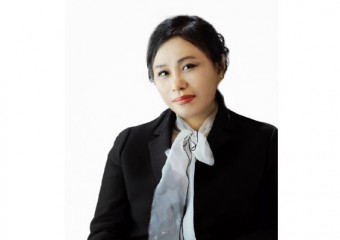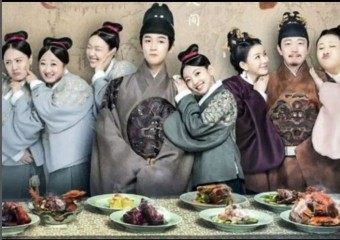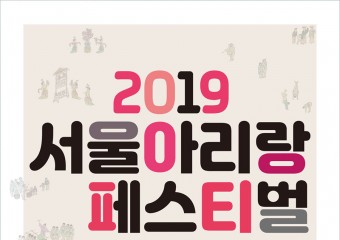기사상세페이지
From Molihua to Arirang : The Role of Folksong in Modern China and Sou…
기사입력 2021.06.16 14:27From Molihua to Arirang:
The Role of Folksong in Modem China and South Korea
Su Zheng(Wesleyan University, USA)
I would like first to express my gratitude to Dr. Hwang Jun Yon and
Asian Music Research Institute, Seoul National University, for hosting
this stimulating conference. I am honored to be invited to this exciting event,
and very pleased to have the opportunity to meet my distinguished
colleagues from Korea, Japan, and the U.S. I also want to express my sincere
thanks to Dr. Yong-Shik Lee for his excellent work in bringing us together.
Comparative studies of Korea, China and Japan's musical cultures have
been mostly focused on, and for the right reasons, written historical sources,
court music or theatrical genres, and the shared Confucian, Daoist or
Buddhist roots as foundation for the formation of musical aesthetics and
social functions. Chinese scholar Weng Minhua's resent monograph, Zhong
Ri Han xiju wenhua yinyuan yanjiu (A comparative research on China, Japan,
and Korea's theatrical cultures) (2004) reveals much fascinating
connectionand divergence in theatrical performances among these three
countries. It is rather uncommon, however, and perhaps also for the right
reasons, to compare folksong among these three countries. One obvious
[



![[국악신문] 이름처럼 살다간 아리랑 명인 정은하](http://arirangsong.com/data/file/news/thumb/thumb-3534941659_7RVbLyQX_e87234845fd4b6005f15ae9c0ac4431651d959d5_340x240.jpg)
![금강사 ‘신통일아리랑 평화축제’, 아리랑 얼쑤! [국악신문] (kukak21.com)](http://arirangsong.com/data/file/news/thumb/thumb-3534942082_yPwYq8OV_ce422550f1aef535eb09898313cb3b42bdfbfcb3_340x240.jpg)

![[국악신문] 정선에 ‘인류무형문화유산아리랑비’ 선다](http://arirangsong.com/data/file/news/thumb/thumb-3534942082_ZBoajzkb_e21a27df847b3f1008e9199514cf32b339dc265c_340x240.jpg)
![[국악신문] 아리랑기념비, 왜 세우고, 왜 정선에 세우나](http://arirangsong.com/data/file/news/thumb/thumb-3534942082_31Ft4IKo_a189f0fcfd15203c812071c72c7a56cae7174a50_340x240.png)
![[서울문화투데이] 사할린 유즈노사할린스크에 ‘아리랑공원’ 생겼다](http://arirangsong.com/data/file/news/thumb/thumb-3534942082_sSfvjGxm_087a9200c8296a11d97e6d97922576c6847e76f8_340x240.jpg)

![[단독] 동두천에도 향토민요 '이담어러리타령'이 불렸다.](http://arirangsong.com/data/file/news/thumb/thumb-3534942082_5Cvgkxhl_26a9bbcfd3c62a57e6503907023643bd418f58a5_340x240.jpg)
![[리뷰] 경산자인단오제와 함께 경산아리랑제 '아리랑데부'](http://arirangsong.com/data/file/news/thumb/thumb-3534942082_3iak5dBA_4e9226c65ee1fc9ed2515c7af3ea6ba499abb7d5_340x240.jpg)

게시물 댓글 0개